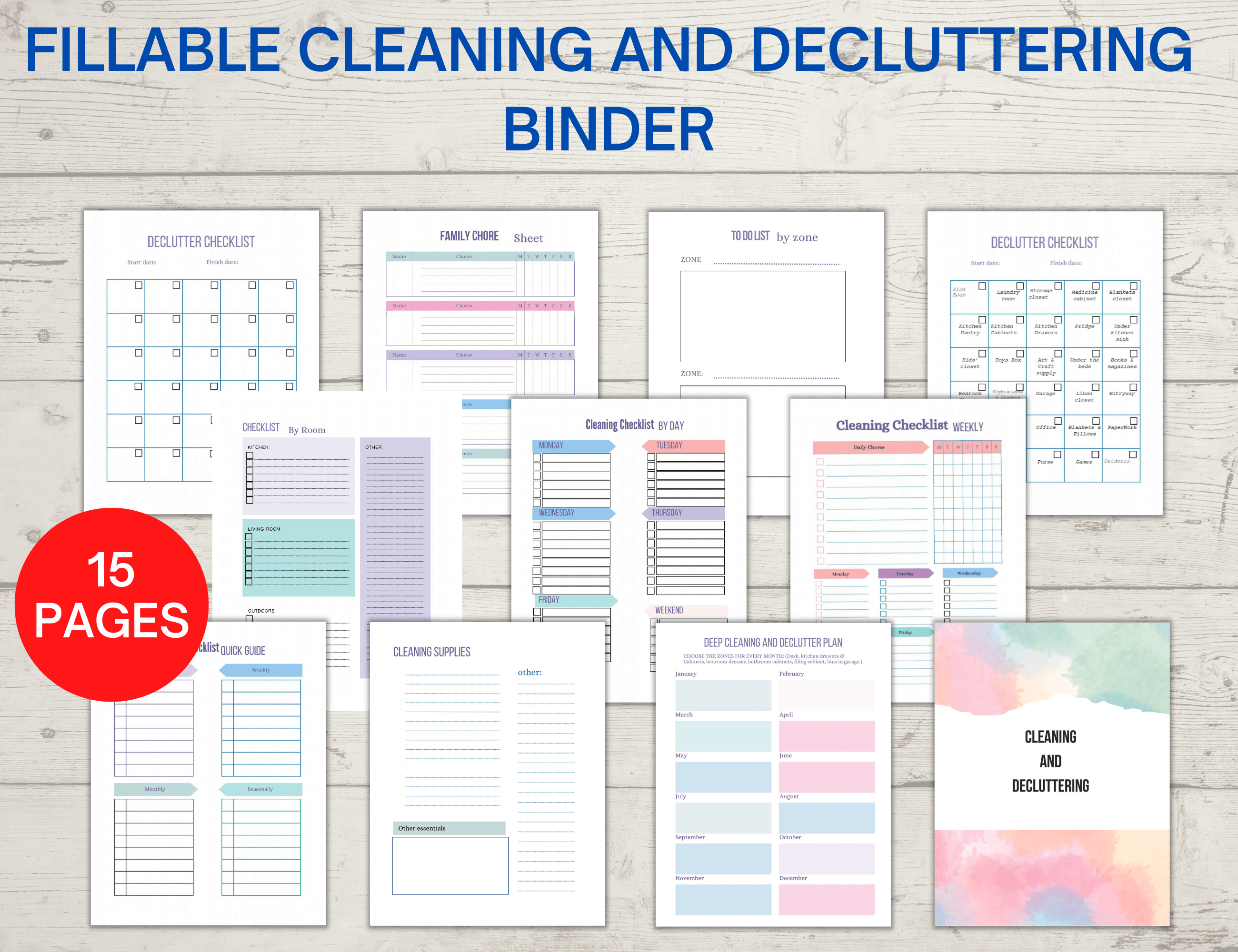Creating a daycare daily schedule

Creating a daycare daily schedule requires careful consideration to ensure a balanced and enriching environment for children. Here are key factors to consider when developing a daycare daily schedule:
Age-Appropriate Activities
Tailor activities to the age group of the children in your care. Younger children may need more nap time, while older ones might engage in structured learning activities.
Balanced Routine
Establish a balanced routine that includes a mix of activities such as free play, structured learning, outdoor time, meals, and rest periods. A well-rounded schedule contributes to a child's holistic development.
Transitions and Flexibility
Plan for smooth transitions between activities. Be flexible and responsive to the needs of the children. Sudden changes or disruptions can be challenging for young ones, so transitions should be gradual and predictable.
Incorporate Learning Time
Include dedicated time for learning activities, including age-appropriate educational games, storytelling, and creative arts. This fosters cognitive development and keeps children engaged.
Outdoor Play
Allocate time for outdoor play. Physical activity is essential for children's health and well-being. Outdoor play promotes gross motor skills, social interaction, and a connection with nature.
Meals and Snack Times
Plan regular and nutritious meal and snack times. Ensure that the menu meets dietary requirements and consider any allergies or dietary restrictions of the children.
Rest and Nap Periods
Schedule adequate rest and nap periods. Younger children may require longer naps, while older ones might benefit from a quiet time for relaxation or reading.
Consistent Daily Routine
Children thrive on routine, so strive for consistency in your daily schedule. Having a predictable routine helps children feel secure and understand what to expect throughout the day.
IMPORTANT CONSIDERATIONS.
Communication with Parents:
Maintain open communication with parents. Share the daily schedule with parents so they are aware of the activities, meals, and nap times. Regular updates create a sense of transparency and trust.
Safety Protocols:
Integrate safety protocols into the schedule. Be vigilant about supervision during outdoor play, implement handwashing routines, and ensure a secure environment for all activities.
Transition to and from Home:
Consider the transition periods when children arrive and depart. Provide a welcoming atmosphere in the morning and ensure a smooth transition to parents or guardians in the evening.
Staff Collaboration:
If you have multiple staff members, foster collaboration in implementing the schedule. Ensure that everyone is on the same page regarding activity timings, responsibilities, and safety measures.
By carefully considering these factors, you can create a daycare daily schedule that promotes a positive and nurturing environment for the children under your care.
Please let me know if you have questions: hello@natsikoworkshop.com









